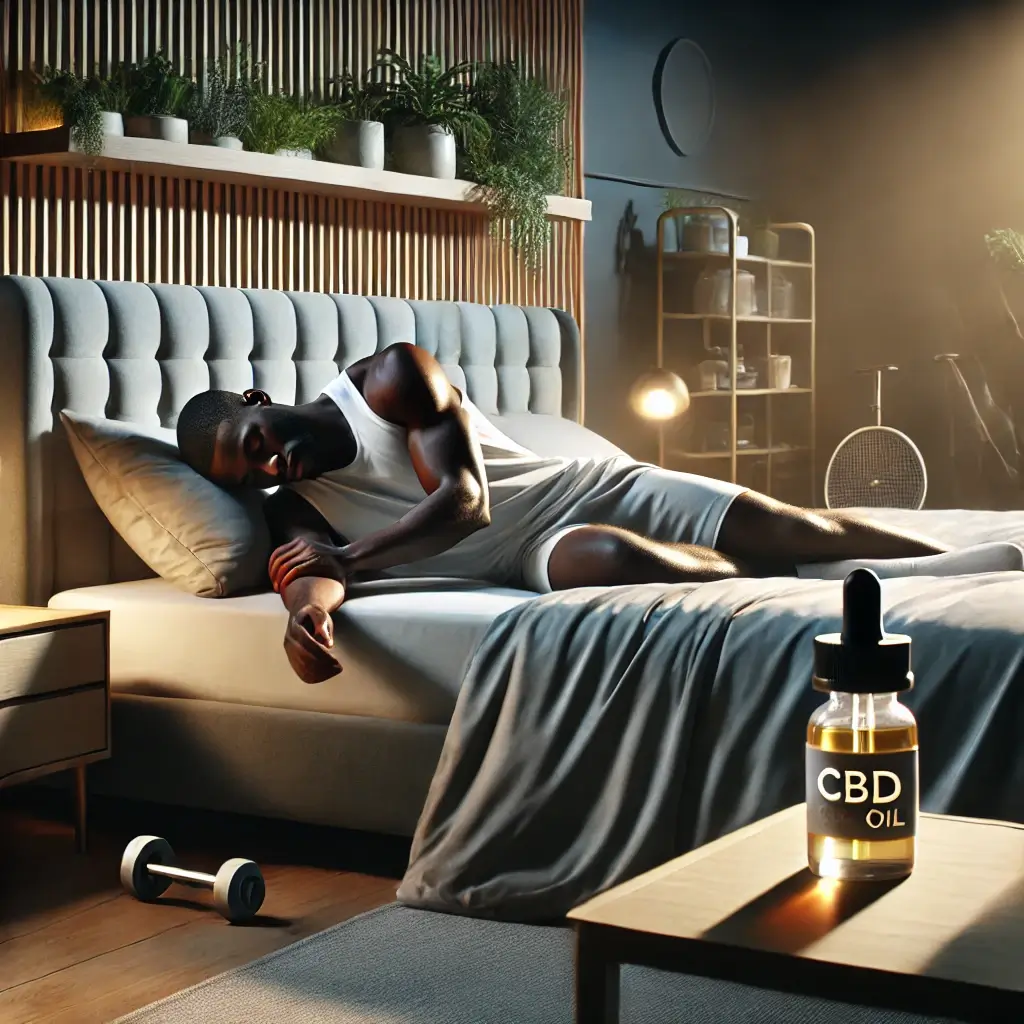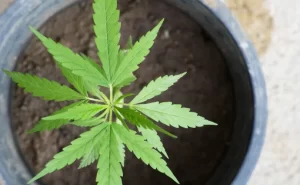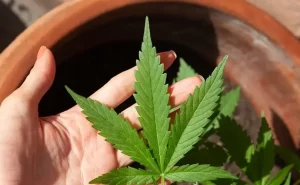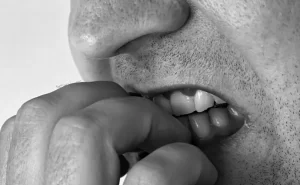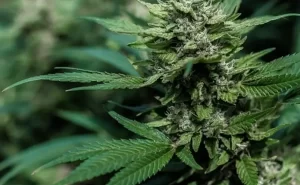Precision Wellness: How Low-Dose Cannabis is Revolutionizing Health Routines
Introduction to Cannabis Microdosing
In the realm of wellness, cannabis microdosing has emerged as an innovative and increasingly popular approach to enhance overall health. Unlike traditional cannabis use, which often involves larger doses, microdosing delivers small, precise amounts of cannabinoids—typically between 2-10 mg of THC. This method allows users to experience therapeutic benefits without noticeable psychoactive effects, making it particularly appealing for those looking to incorporate cannabis into their daily wellness routine without impairment.
The Role of the Endocannabinoid System
The body’s endocannabinoid system (ECS) plays a central role in maintaining homeostasis, or balance, within various physiological processes, including mood regulation, pain perception, immune response, and stress management. By subtly influencing this system, cannabis microdosing can support overall well-being and help individuals achieve a balanced mental and physical state. Research indicates that low-dose cannabinoids interact with CB1 receptors to modulate neurotransmitter release and enhance the endocannabinoid tone, contributing to a sense of well-being and stability. Studies published in journals like the Journal of Clinical Pharmacology suggest that these mechanisms allow for therapeutic effects without overwhelming the body, making microdosing a feasible strategy for general wellness.
Purpose and Scope
For those seeking a natural way to manage minor aches, boost mood, or reduce stress, cannabis microdosing offers a low-risk option. This article will explore the science of microdosing, recent studies on its effects on wellness, and guidelines for incorporating it into a daily health routine.
Medical Research and Current Applications
Microdosing’s impact on general wellness is grounded in its ability to activate the ECS at a level that supports balance without inducing psychoactive effects. Research has shown that low-dose THC, in particular, can influence CB1 receptors in a way that promotes relaxation, mild analgesia, and improved mood. Studies reveal that microdoses in the range of 3-5 mg THC can produce these effects, while doses higher than 10 mg may increase the likelihood of cognitive or psychoactive impacts, reducing the practicality of cannabis for daily wellness.
Incorporating Microdosing into Wellness Routines
For individuals looking to incorporate cannabis microdosing as part of their wellness routine, initial dosing often begins around 2-3 mg of THC. This allows users to gauge their tolerance and observe any subtle shifts in mood, energy, or pain perception. Evidence suggests that consistent low-dose use may help reduce minor stress, improve focus, and contribute to a stable mood throughout the day. For example, research from the Journal of Clinical Pharmacology demonstrates that regular microdosing can enhance endocannabinoid tone, which plays a key role in maintaining an even emotional state and lowering stress response.
Legal Landscape and Product Development
In recent years, the evolving legal landscape has enabled more individuals to access microdosed cannabis products specifically designed for wellness. New formulations include tinctures, capsules, and edibles with carefully measured doses, making it easier than ever to incorporate cannabis microdosing into a structured health regimen. Additionally, recent clinical trials are examining the broader impact of cannabis microdosing on wellness, particularly for pain relief, mood stabilization, and overall life satisfaction. These trials highlight the potential for microdosing as a complement to other wellness practices, such as mindfulness, physical exercise, and nutritional support.
Personalized Protocols
Personalized microdosing protocols for wellness are typically built around consistency. Most protocols advise users to start with small doses and adjust gradually based on their response, aiming to find a level that supports daily balance and well-being without adverse effects. This personalized approach allows users to adapt their regimen over time and make adjustments as needed, ensuring that cannabis microdosing remains an effective component of their wellness strategy.
Conclusion
In conclusion, cannabis microdosing offers a flexible, low-impact way to support general wellness, from mood regulation to pain management. With research-backed benefits for enhancing endocannabinoid tone and promoting balance, microdosing is an accessible wellness tool for many. Working with healthcare providers to establish a personalized dosing plan can help individuals make the most of this therapeutic strategy for sustained well-being.

